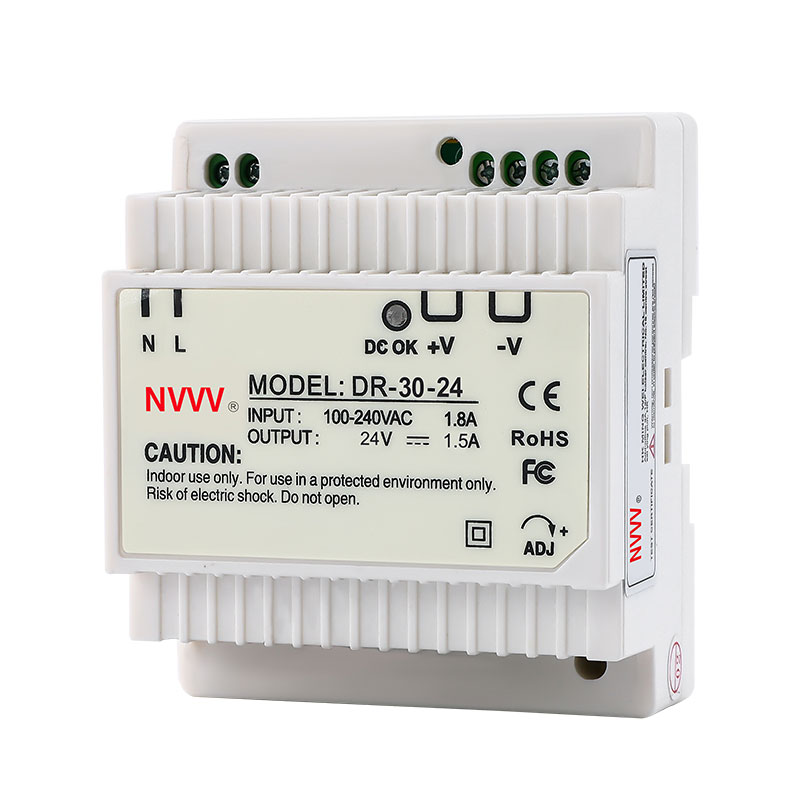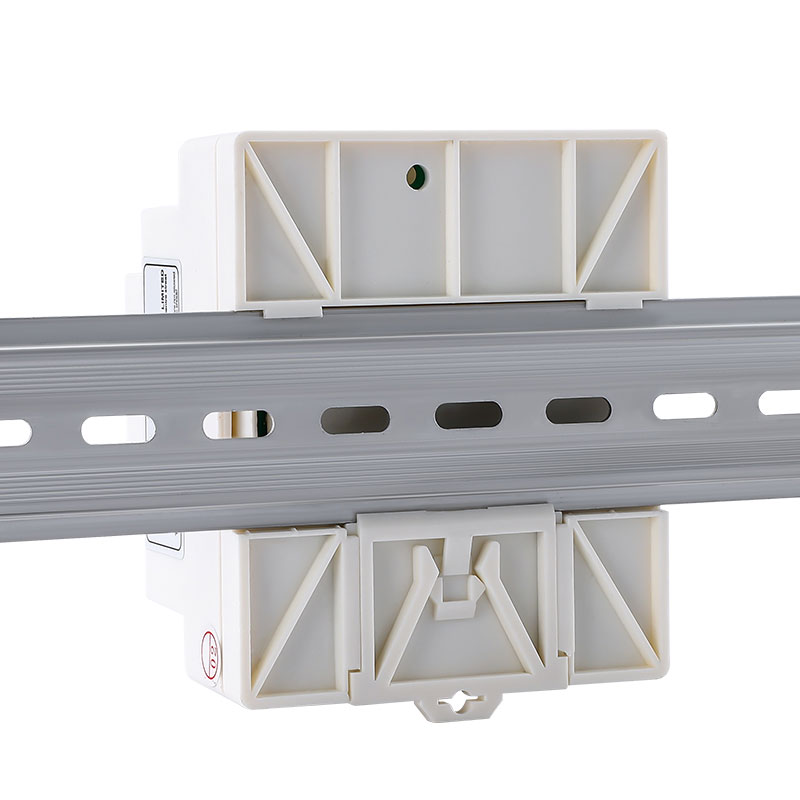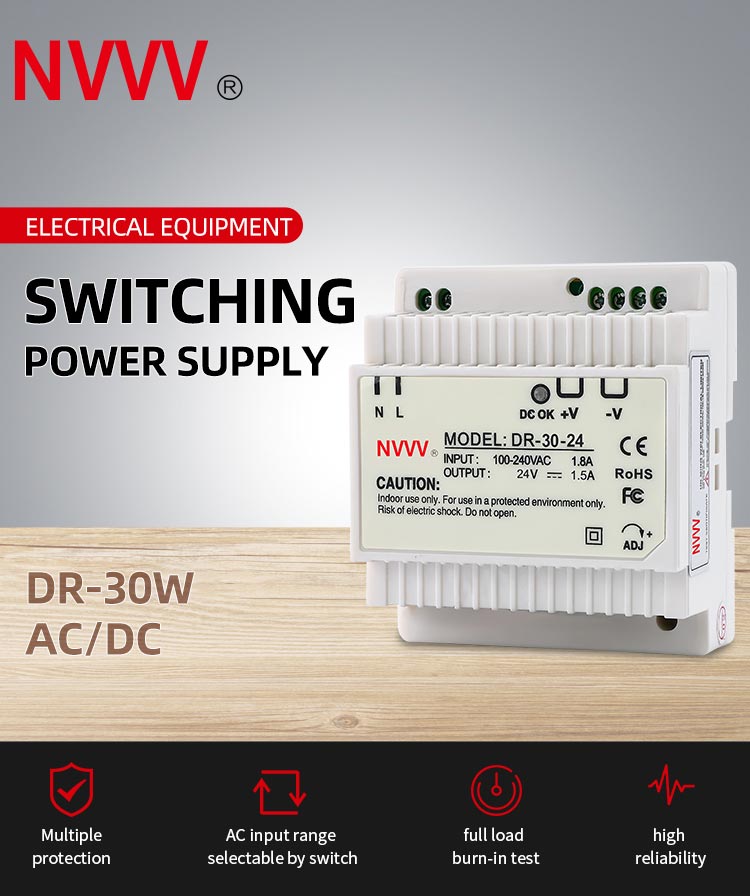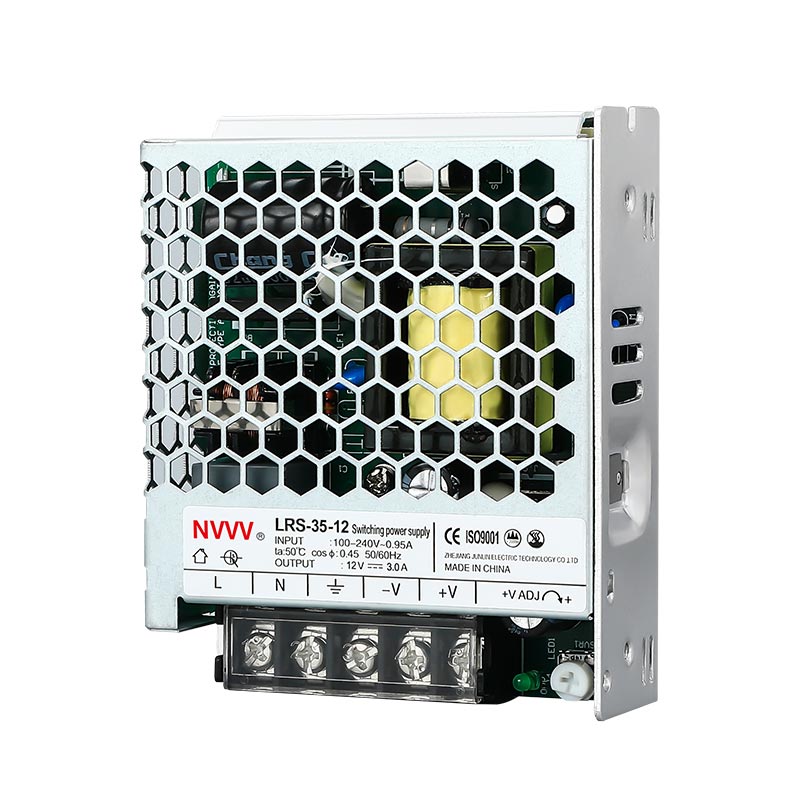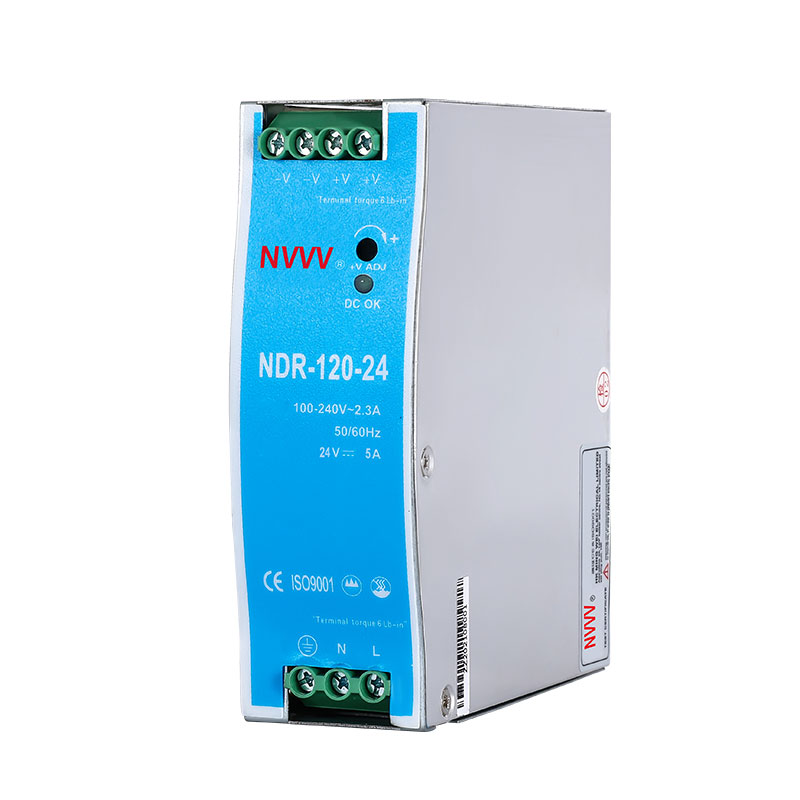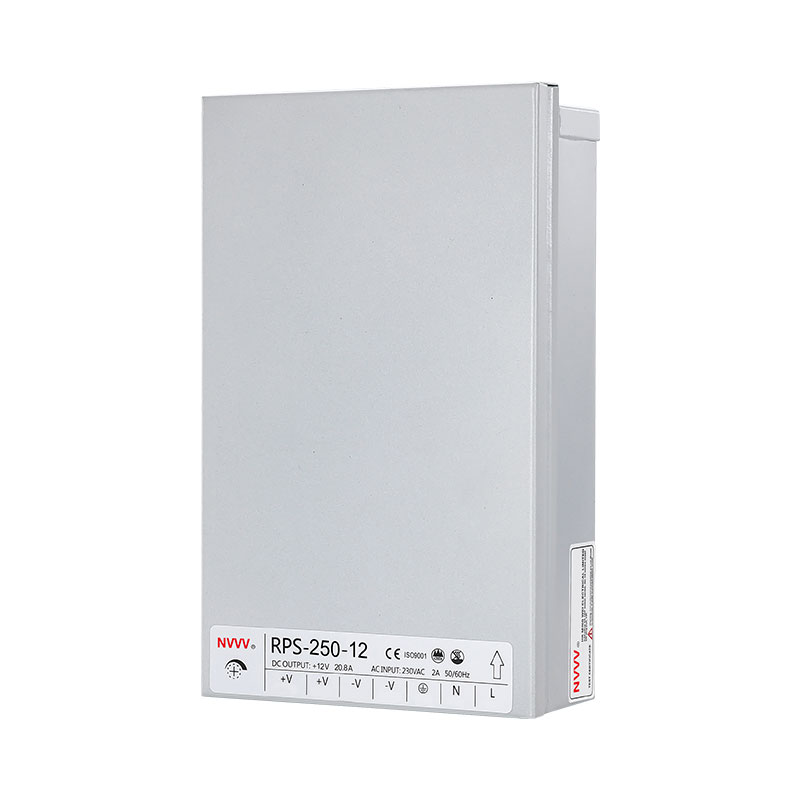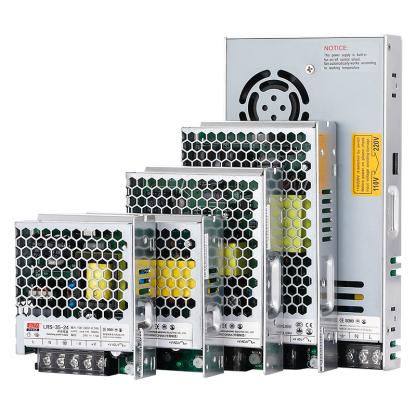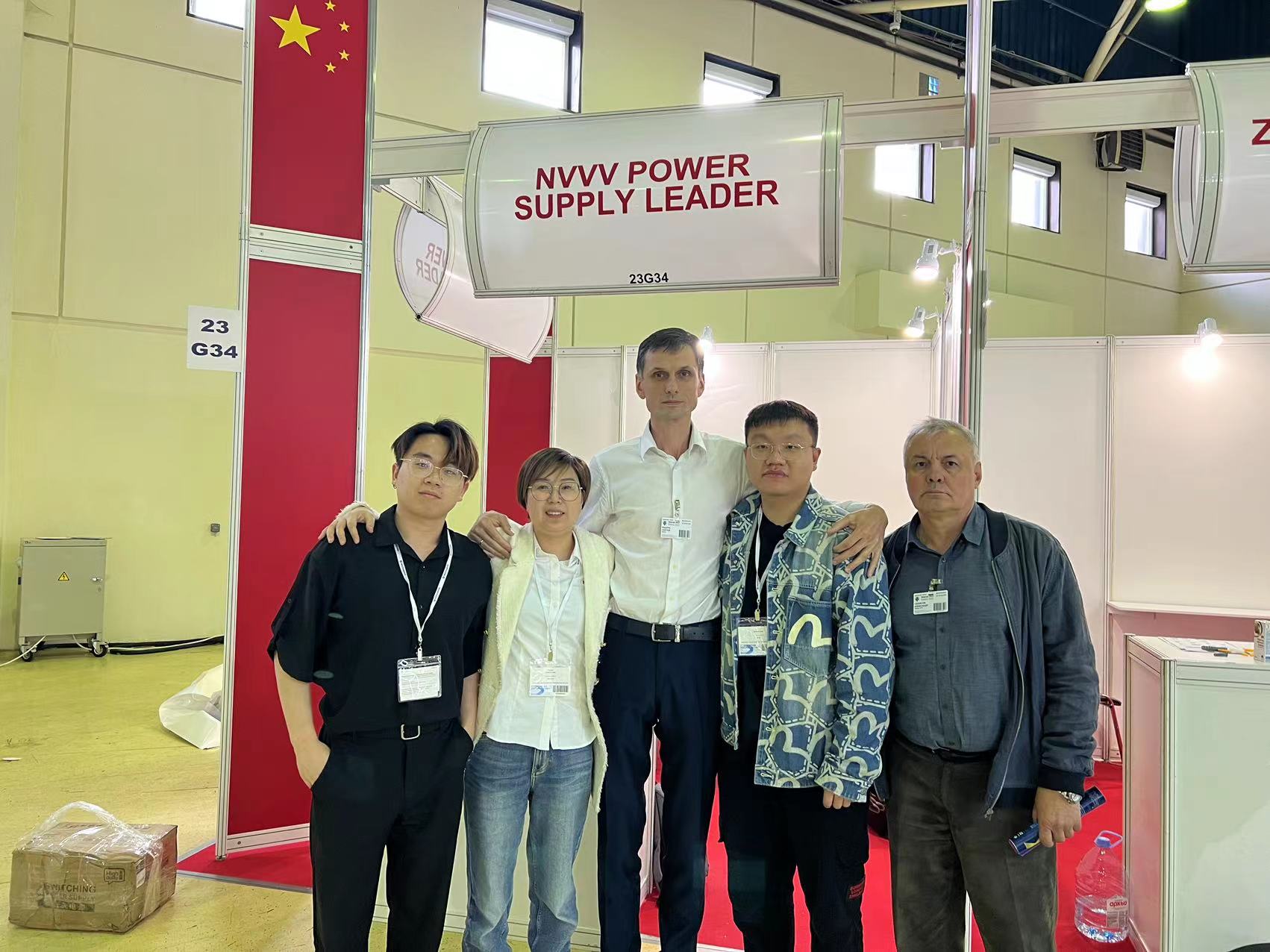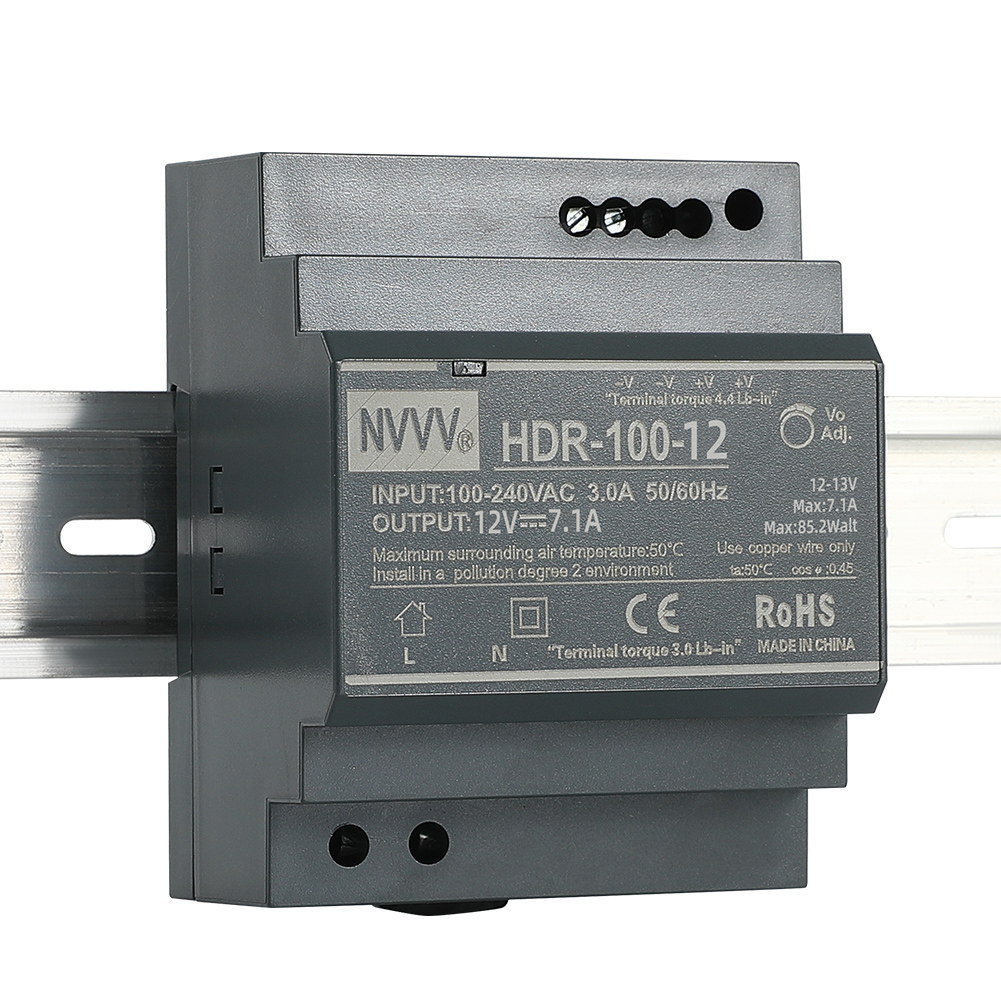SMPS Selection Guide: 5 Critical Insights for Industrial Efficiency
In today's energy-conscious industrial landscape, efficiency, space-saving design, and operational reliability are non-negotiable. SMPS (Switching Mode Power Supply) has emerged as a critical component across automation, communication, lighting, and energy systems. Unlike traditional linear power supplies, SMPS offers higher efficiency, smaller footprint, and broader input voltage support—making it ideal for demanding industrial environments. This guide explores five essential questions to help professionals make informed decisions when integrating SMPS into their systems.
Table of Contents
1. What Is an SMPS and How Does It Work?
2. What Are the Advantages of SMPS Compared to Traditional Power Supplies?
3. How Do You Choose the Right SMPS for Your Application?
4. What Are the Common Installation and Maintenance Considerations?
5. How Is SMPS Used Across Different Industrial Applications?
1. What Is an SMPS and How Does It Work?
Understanding the Basics
A Switching Mode Power Supply (SMPS) is a type of electronic power converter that transforms electrical power efficiently by switching it on and off at high frequencies. Unlike linear power supplies, which regulate voltage through resistance (and generate heat as a result), SMPS employs semiconductor switching techniques to rapidly transfer energy through inductors or transformers, significantly improving efficiency.
Working Principle
The SMPS first rectifies the AC input to DC using a bridge rectifier and filter capacitors. This DC is then chopped at high frequency using a power transistor (typically a MOSFET or IGBT), controlled by a pulse-width modulation (PWM) circuit. The resulting high-frequency AC is passed through a compact transformer that isolates and converts the voltage. Finally, it is rectified again and filtered to produce a stable DC output.
Control and Feedback Loop
A key part of SMPS operation is the feedback loop, which monitors the output voltage or current and adjusts the duty cycle of the PWM accordingly. This closed-loop control ensures consistent performance even under varying loads or input voltage fluctuations.
Main Benefits of High-Frequency Operation
Smaller Transformer Size: Higher frequencies allow the use of smaller magnetic components, drastically reducing weight and size.
Faster Response Time: Quick switching enables faster dynamic response, critical in applications like motor drives or industrial automation.
Reduced Power Loss: Less energy is lost as heat, which leads to higher energy efficiency and lower cooling requirements.
Variants of SMPS Based on Power Conversion Topology
AC-DC Conversion: Standard switching power supplies, widely used in industrial control panels, LED lighting, and chargers.
DC-DC Conversion: Used to step up/down voltage levels in automotive, telecom, and embedded systems.
AC-AC Conversion (via AC-DC-AC): Found in variable frequency drives (VFDs) and uninterruptible power supplies (UPS).
DC-AC Conversion (Inverters): Technically outside conventional SMPS category, but shares switching principles; used in solar inverters and motor drives.
Why It Matters in Industry
Understanding how SMPS works helps engineers and technicians select the right model for their application. Whether it's powering control systems, sensors, or communication equipment, the SMPS's ability to deliver regulated power with minimal energy loss makes it a critical component in modern infrastructure.
2. What Are the Advantages of SMPS Compared to Traditional Power Supplies?
Compact Size and Weight
One of the most notable advantages of SMPS over linear power supplies is their compact size. Because SMPS operates at much higher switching frequencies—typically ranging from 20kHz to several hundred kHz—the magnetic components such as transformers and inductors can be made significantly smaller and lighter. This compact design is highly beneficial in applications where space is at a premium, such as in industrial enclosures, automation panels, and embedded systems.
Energy Efficiency and Reduced Heat
Traditional linear power supplies dissipate excess voltage as heat through resistive components, often achieving efficiency levels between 40% to 60%. In contrast, SMPS can reach efficiency rates of 85% to 95%, depending on load conditions and design quality. This not only reduces electricity consumption but also minimizes heat generation, thereby lowering the need for additional cooling equipment like fans or heat sinks. Less heat also translates to longer component lifespan and higher overall system reliability.
Voltage Flexibility and Universality
SMPS units are often designed to accept a wide range of input voltages—such as 85V to 264V AC—making them ideal for global deployment. Whether the installation is in regions with stable European grid power or in areas with fluctuating voltages, the SMPS can maintain consistent performance. This flexibility makes it possible to use one model across multiple regions without redesign or customization.
Output Stability Under Variable Load
Another key benefit of SMPS is its ability to maintain stable output voltage despite changes in load. With built-in regulation mechanisms, SMPS units quickly adjust their output to meet demand fluctuations, which is critical for sensitive equipment such as PLCs, servo drives, and industrial sensors. Linear supplies, by comparison, often suffer from voltage sag or thermal drift when faced with dynamic loads.
Improved Noise Management and EMI Filtering
While SMPS can generate high-frequency noise due to rapid switching, modern models are designed with integrated EMI filters and shielding to suppress emissions. Advanced designs follow EMC compliance standards, making them suitable for environments with strict noise regulations such as laboratories or medical facilities.
Operational Flexibility:
Can deliver multiple output voltages from one unit.
Suitable for both constant voltage (CV) and constant current (CC) modes.
Often available with modular designs to support future scalability.
3. How Do You Choose the Right SMPS for Your Application?
Match Output Requirements to Load Characteristics
The first step in selecting a suitable switching power supply is to clearly define the power requirements of your load. This includes the required output voltage, maximum current draw, and power consumption under peak and nominal operating conditions. For instance, if you're powering a set of sensors requiring 24V DC at 2A, your SMPS should support at least 48W, with a recommended safety margin of 20–30% to account for power surges or future expansion.
Understand Load Type: Resistive, Capacitive, or Inductive
Different loads behave differently:
Resistive loads (e.g., heaters, lighting) draw steady current.
Capacitive loads (e.g., LED drivers) may have a high inrush current.
Inductive loads (e.g., motors, solenoids) can cause voltage spikes during switching.
Choosing an SMPS with inrush current limiting, overvoltage protection, and soft start capability is essential for sensitive or reactive loads. For automation or control applications, low ripple and tight voltage regulation are also critical.
Environmental and Mounting Considerations
Where and how the SMPS will be installed significantly affects product selection. In industrial environments with dust, vibration, or humidity, it's important to look for:
Wide operating temperature range (e.g., -20°C to +70°C)
DIN rail mountable or panel-mount designs
IP-rated enclosures for protection against moisture and dust
For outdoor or semi-outdoor applications, conformal coating and surge protection are vital. Some units also include remote ON/OFF control, power-good signaling, or monitoring terminals, which are valuable for integration with supervisory control systems.
Reliability and Mean Time Between Failures (MTBF)
For mission-critical applications, check the MTBF value (Mean Time Between Failures) stated in the datasheet—typically rated in hundreds of thousands of hours. A high MTBF and long service life ensure reduced downtime and lower maintenance costs over the product lifecycle.
Power Supply Topology and Design Preference
Flyback topology is suited for low-power, cost-sensitive applications.
Forward or half-bridge topologies are better for higher power ratings with efficiency optimization.
PFC (Power Factor Correction) support may be required for compliance in energy-regulated environments.
4. What Are the Common Installation and Maintenance Considerations?
Prioritize Proper Ventilation and Thermal Management
Even though SMPS units are highly efficient, they still generate heat—especially under continuous high-load operation. One of the most overlooked factors during installation is thermal dissipation. Always install the unit in a well-ventilated area, preferably with free airflow on all sides. Avoid stacking SMPS modules without spacing, as this restricts cooling and accelerates aging.
For higher-wattage models, active cooling via fans or external heatsinks may be necessary. Many industrial SMPS also include thermal shutdown protection to prevent damage from overheating, but relying solely on this is not ideal for long-term use.
Installation Tips for Safety and Performance
Secure Mounting: Use DIN rail clips or panel-mount screws to ensure vibration resistance.
Cable Selection: Choose wires with appropriate current ratings; undersized cables can lead to voltage drops and overheating.
Grounding: Always connect the earth terminal to reduce EMI emissions and ensure operator safety.
Fuse or Breaker Protection: Add circuit protection on both input and output sides to isolate faults quickly.
Avoid Common Mistakes
Don't run signal and power lines in the same conduit—this can cause EMI interference.
Avoid exposing the power supply to conductive dust or liquids unless using IP-rated or conformally coated models.
Never operate the SMPS near its rated maximum for prolonged periods; this shortens its lifespan and increases failure risk.
Routine Maintenance Recommendations
While SMPS systems are typically low-maintenance, proactive checks can extend service life and prevent unexpected downtime:
✅ Monthly Visual Inspections
Look for signs of physical damage, corrosion, or burn marks.
Ensure terminal blocks are secure and wiring insulation is intact.
✅ Quarterly Electrical Checks
Measure output voltage under load to ensure regulation is within spec.
Use a thermal scanner to detect hotspots or uneven heating.
✅ Annual Deep Cleaning
Use compressed air to clean internal fans, filters, or ventilation grilles.
For harsh environments, consider removing the unit for a full check under safe, isolated conditions.
When to Replace
If the SMPS exhibits signs such as voltage fluctuation, fan noise, or frequent thermal shutoff, it's advisable to plan for replacement—especially if the unit has been operating for more than 5–7 years continuously.
5. How Is SMPS Used Across Different Industrial Applications?
Automation and Machinery Control
In modern industrial automation, SMPS units are widely used to supply clean and stable DC power to PLCs (Programmable Logic Controllers), sensors, relays, and motor drives. These systems often demand precise voltage with minimal ripple to maintain accurate control signals and avoid system faults. The compact form factor of SMPS also allows easy integration within tight control cabinets.
In environments where vibrations or frequent switching events are present—such as robotic arms or CNC machines—SMPS with reinforced housing and anti-shock design ensures long-term reliability and uninterrupted operation.
LED Lighting and Display Systems
Switched mode power supply has become the default power supply in industrial and commercial LED lighting applications due to its high efficiency, power factor correction, and flicker-free output. Systems like outdoor digital signage, industrial warehouse lights, and tunnel lighting rely on constant voltage supplies (e.g., 12V or 24V) with high current capability.
Models designed for LED use often include dimming support, short-circuit protection, and wide temperature endurance, especially when deployed in outdoor or semi-outdoor setups.
Telecommunications and Networking
In telecom base stations and data transmission systems, SMPS is used for 48V DC bus power systems or redundant rack power supplies. These units must meet strict uptime and reliability standards. Key features include:
Hot-swappable modules
Redundant architecture
Battery charging capability (for hybrid systems)
Low electromagnetic noise
These SMPS modules are typically rack-mounted and comply with Telcordia or ETSI standards.
Industrial Control Panels and Instrumentation
For applications such as water treatment, oil and gas pipelines, or chemical plants, SMPS provides isolated, regulated power to control and monitoring equipment. In such cases, DIN-rail SMPS is preferred for quick installation and maintenance. These setups often require input voltage flexibility to accommodate generators or solar inputs.
Renewable Energy and Battery Systems
Switch mode power supply also plays a vital role in solar-powered systems, acting as DC-DC converters or solar charge controller components. In battery-backed applications, high-efficiency DC-DC SMPS modules manage energy transfer between storage systems and load devices.
They also appear in off-grid inverters, wind turbine controllers, and hybrid energy systems, where energy stability and minimal loss are paramount.
Why Industry Relevance Matters
Choosing the right SMPS model based on the application ensures not only compatibility but also operational longevity and energy savings. A model well-suited for factory automation may not perform optimally in outdoor lighting or telecom environments. Understanding this match is essential for minimizing replacement cycles and optimizing total cost of ownership (TCO).
Conclusion
For industrial projects that demand high-efficiency and durable SMPS solutions, NVVV offers a range of reliable power supplies designed to meet global standards. Whether you're upgrading existing systems or building new ones, NVVV's SMPS units deliver dependable performance across a variety of sectors.

